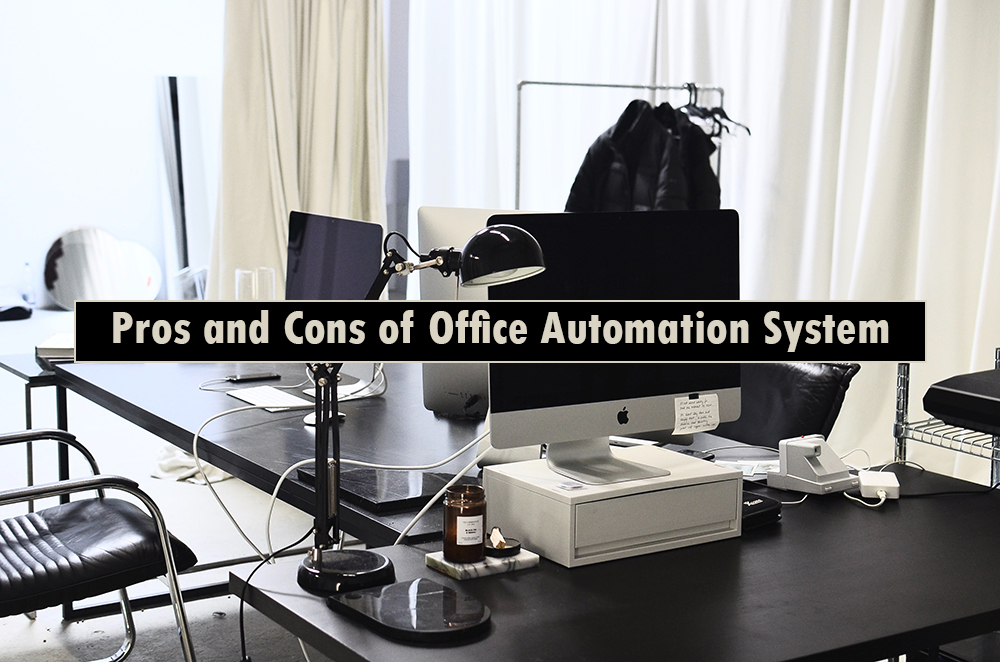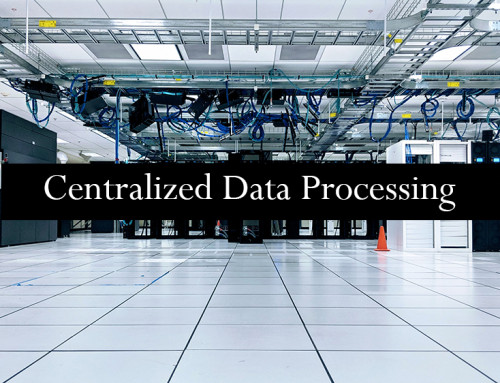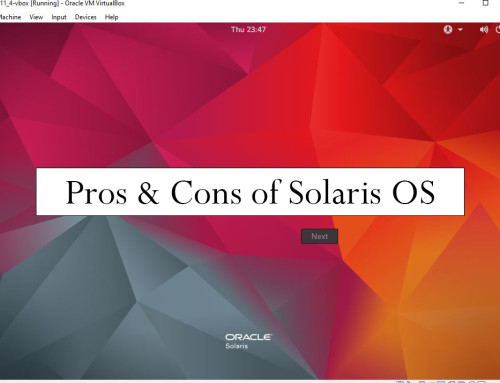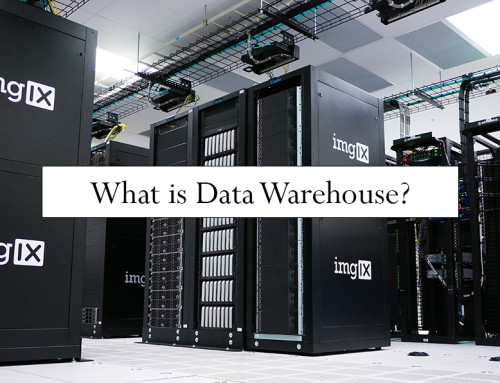Definition of office automation system
OAS or office automation system is a tool for moving data from one system to another without human intervention. By OAS data is securely moved with accuracy.
OAS is used in every office nowadays. Data is first collected and then feed into the computer system. The analysis and management of data in a computer system are done by various application software. Some software which helps in office automation are MS Word, MS Excel, MS PowerPoint, MS Access, MS Outlook, WPS Office and others.
The goal of an office automation system is to improve efficiency and increase the productivity of office employees. Communication in the organization also becomes better after adopting automated systems.

History of office automation system
Office automation started with a typewriter and then the machine was attached to the typewriter to give it a new shape. Ricoh launched its first office automation machine known as RIFAX 600S in 1974. After this launch of the automated machine, the era of office automation started.
From the 1960s to 1970s, computer systems started adding more functionality and word processors, email and spreadsheets were created. With the help of this software, people start creating documents and sharing them with their colleagues.
With the invention of the internet and cloud-based computing, office automation systems get improvement in it. Now office tasks are performed automatically in real-time and with remote access.
Advantages of office automation system
Some benefits of office automation systems are:-
Work anywhere:
Employees can now work from anywhere if they have internet access. They can remotely connect with the boss and work remotely.
Accuracy:
With the most modern application software like MS Excel and MS Word, data is entered into the software with accuracy. You can now work with consistency without doing error mistakes. Data is entered into the software with accuracy.
Decision making:
Office management can take decisions quickly. In old days all the data is hardcoded and finding the data of any person was very difficult and takes many days. But in current days, data can be fetched in seconds even if there are a million records on computers.
Productivity:
As data is quickly accessible so it is now possible that employees can perform more work with less time. So the productivity of employees has increased.
Security:
Data is securely kept in computers. Data is protected by a firewall and antivirus installed on the systems. By using security measures the data in the office is moved securely from one device to other.
Low cost:
As computer devices are used to replace paperwork so it is cost-effective. Now you can use email instead of post letters and use the scanner in replacement of printing.
Scalability:
Offices can be expanded easily. You need less manpower and most of the work can be done by automatic machines. You can assign tasks to automated machines and the tasks are performed on scheduled time.
Customer support:
With AI automatic chat, customers can get their queries solved easily. Employees can perform their regular work and most customer communications are done with online support software.
Better collaboration:
Office management and team members can collaborate through audio and video chat. They can use WhatsApp, TeamViewer, Skype and other communication software.
Time-saving:
As team members in the office can communicate with each other online so it saves their time. There is no time limit for communication. The team members can discuss important points while they are not in the office also.
Disadvantages of office automation system
Some drawbacks of office automation systems are:-
Privacy issue:
Customer data is stored in the office and any employee can get access to the data. Office employees can use customers’ data in the wrong way also.
Risk of job:
As most of the work is done automatically so employees get the risk of losing their jobs. Office management also hires fewer people in the office because of the automatic office system.
Implementation costs:
It is costly to set up office automation in the initial stage. You have to buy costly devices like scanners, printers, modems, switches, network cables, security cameras, computers, laptops and servers. Some software which makes office automation is expensive to buy. It is also costly to do maintenance because it needs technical staff.
Compatibility issues:
Some old software may not work with the new version of the software. Sometimes data may get lost in the upgradation of software. The integration between new and old office automation systems is also difficult and risky.
Extra training:
If the office is using customized software then new employees need to get extra training. Some automatic software gets updated regularly and employees need to be get trained for the new version of the software also.
Dependence:
The office automation system depends upon technology e.g. electricity and internet connection. Sometimes the server goes down and your all work gets stopped.
Still need manual work:
As all the activities of the office cannot be handled by the automatic system e.g. some manual data entry and error detection. Some data has to be checked manually and corrected by humans only.
Real communication gets affected:
As most office work is done automatically so employees do not get time to discuss office work. They get busy automating the processes. All the work is ready-made by the software and human thinking power is less used.
Less customization:
Some popular software like MS PowerPoint and MS Access are difficult to customize. Sometimes you need to make the software customized but it becomes not possible to do so.
Lack of irregular work:
The software which is used in the automated office does regular work. If any irregular data is fed into the software then it may give you exceptions and cannot process and correct the data automatically.
Examples of office automation system
Some examples of office automation systems are:-
- Human resource management system
- Email and messaging system
- Business intelligence systems
- Electronic calendar and scheduling systems
- Accounting and financial management systems
- Data analysis and reporting systems
- Business intelligence systems
- Customer relationship management (CRM) systems
- Supply chain management systems
- Project management systems
- Backup and recovery systems
- Time and attendance systems
- Document management systems
- Electronic signature systems
- Inventory management systems
- Teleconferencing and video conferencing systems




